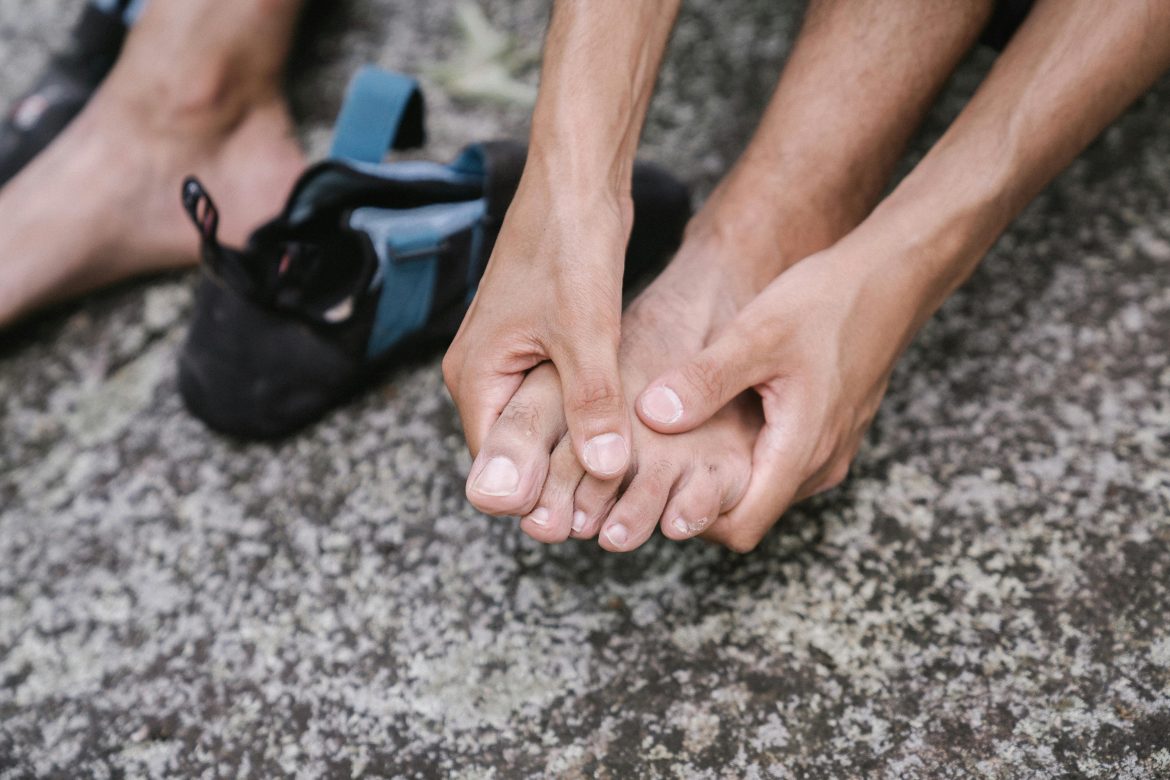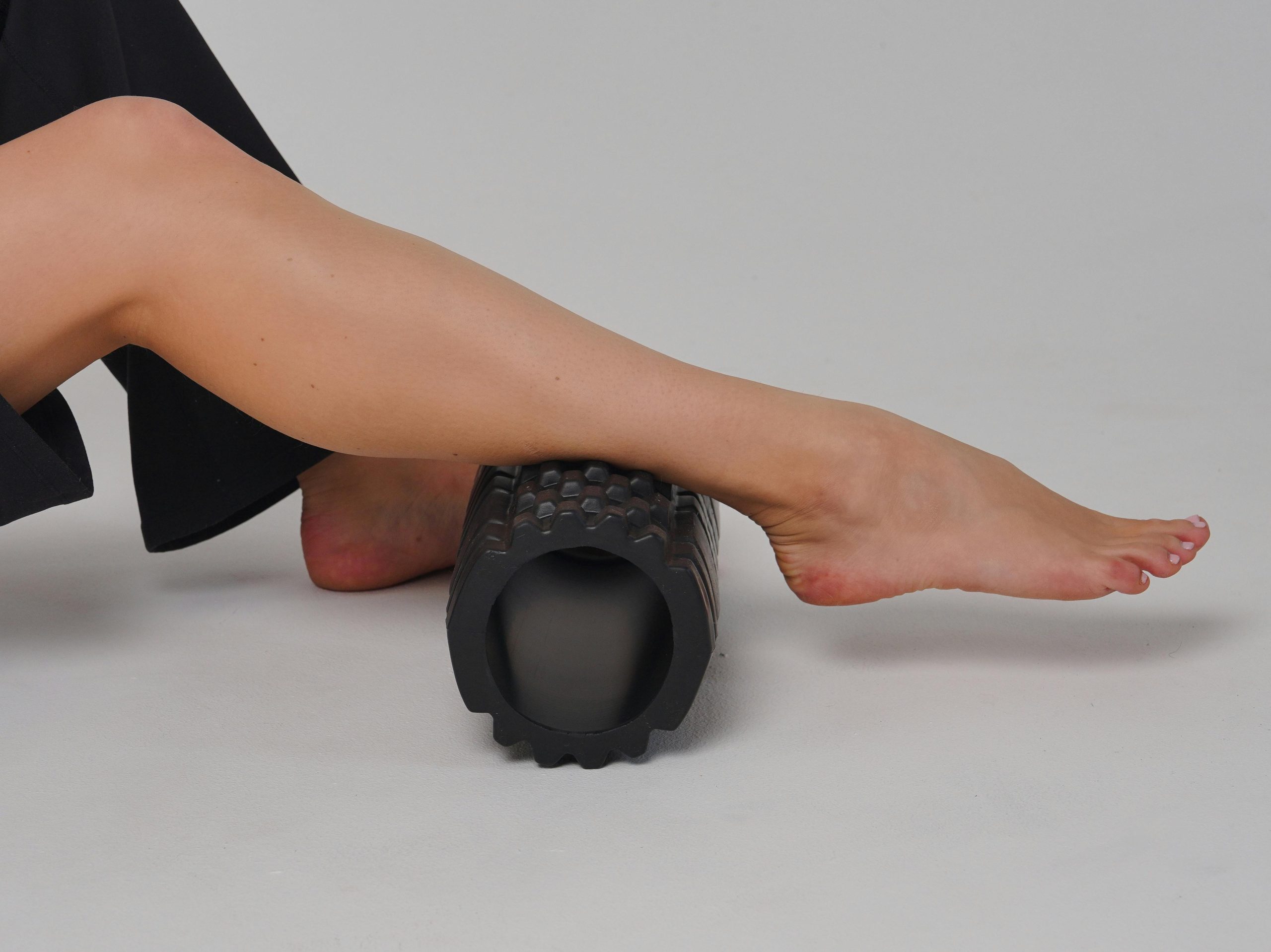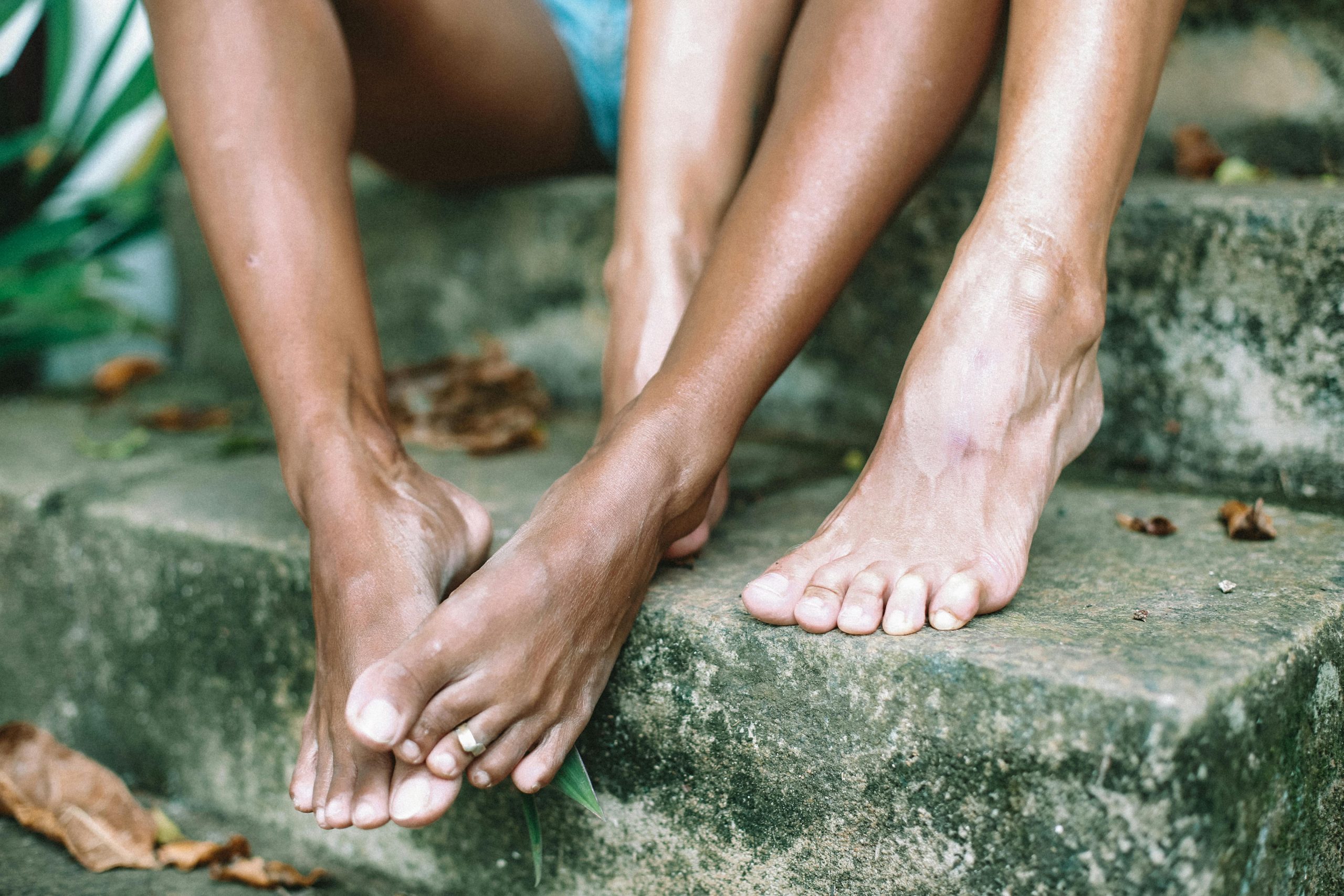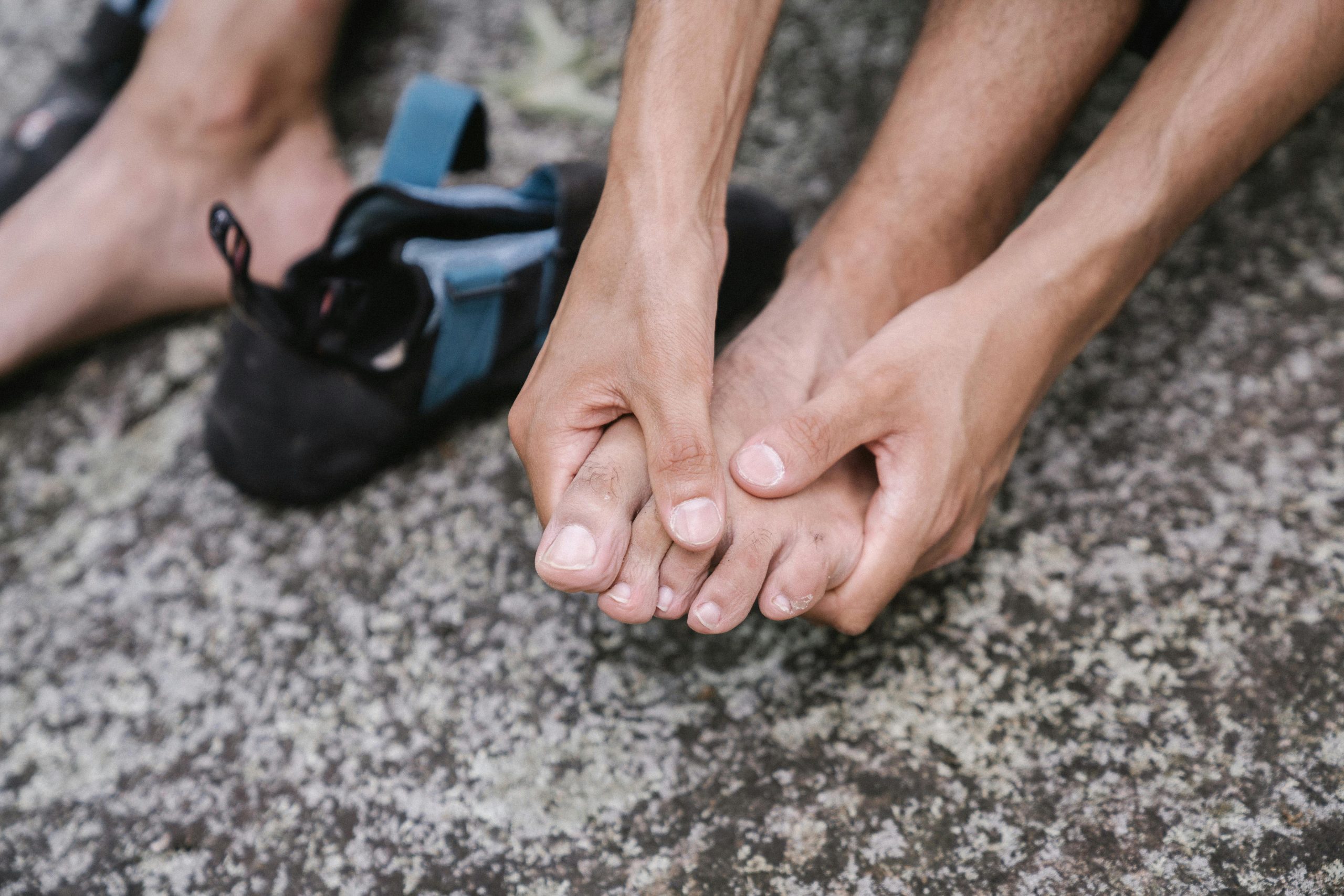Let’s chat about something you might not think about until it’s kinda hard to ignore: varicose veins. Yep, those gnarly, bulgy veins that can start popping up on your legs. You might brush them off as a cosmetic snag, but they can hint at deeper vein issues. So, let’s break down what’s going on, why it happens, and when you might want to holler at a doctor before things get more serious.
What Are Varicose Veins Anyway?
Imagine your veins are like tiny roads that blood travels through in your legs. Varicose veins happen when these roads get a bit too crowded – they’re twisted, enlarged, and filled with more blood than they should be, making them visible under your skin. They usually appear in your legs and look blue or dark purple. Normally, veins have one-way valves to keep blood flowing toward your heart, but if these valves get weak, blood can pool up, making the veins bigger and more noticeable.
Why Do They Happen?
A bunch of things can kick off the development of varicose veins:
- Genetics: If your family members have them, there’s a decent chance you might get them, too, thanks to inherited traits.
- Too Much Sitting or Standing: Jobs or activities that keep you on your feet or sitting down for ages can boost your risk.
- Weight and Diet: Carrying extra pounds can put more pressure on your veins, and not eating right can mess with your blood flow.
- Life Changes Like Pregnancy: More blood in your body and hormone shifts during pregnancy can lead to varicose veins.
Spotting the Early Signs
Keep an eye out for these early warnings:
- Visible Signs: Those blue or purple veins standing out on your legs, sometimes poking out in a twisted pattern.
- Leg Pain and Swelling: Feeling achy or heavy in your legs, especially after a long day.
- Changes in Skin Color: If the skin around your veins starts changing color, that’s a heads-up that your veins are struggling.
When It Gets Worse
If you ignore these signs, things can go downhill. You might start noticing:
- Persistent Swelling and Pain: That doesn’t get better when you rest or lift your legs.
- Hard, Thick Skin: Called lipodermatosclerosis, this is a sign that things are getting pretty bad.
- Leg Ulcers or Sores: These are no joke; you really need to see a doctor.
When to See a Doctor
Don’t wait around if you see any of these issues:
- Serious Pain or Swelling: Especially if it happens suddenly.
- Ulcers or Sores: If you’ve got non-healing wounds near your ankles, get to a doctor, stat!
- Bleeding Veins: If a varicose vein starts bleeding due to a bump or injury, that’s an emergency.
For those looking for expert advice and detailed insights into the best treatment practices, visiting a specialized vein clinic can be invaluable. Txveinexperts.com offers a wealth of resources and professional guidance to help manage and treat varicose veins effectively.
Keeping Things from Getting Worse
Getting ahead of varicose veins means you might avoid the more hardcore treatments down the road. Here’s what you can do:
- Get Moving: Regular exercise helps keep your blood flowing smoothly.
- Watch Your Weight: Keeping a healthy weight reduces pressure on your legs.
- Put Your Feet Up: Literally. Elevating your legs can help big time.
- Diet Right: Eating foods good for your veins, like high-fiber and potassium-rich foods, can prevent swelling.
Treatment Options
If you’re past prevention and need some intervention, here’s what might be on the table:
- Compression Stockings: These can help squeeze your legs, aiding blood flow.
- Medications: To reduce swelling and pain.
- Sclerotherapy and Lasers: These can close off smaller, problematic veins.
- Surgery: For serious cases, removing or sealing veins might be necessary.
Hearing from others who’ve dealt with varicose veins can give you a real-life picture of how to handle them. Like the teacher who nipped her vein issues in the bud with compression stockings and lifestyle changes or the retired cop who found relief through sclerotherapy.
Wrapping It Up
Varicose veins might seem like just a visual bother, but they can lead to serious issues if ignored. Understanding the signs and knowing when to get help can prevent more severe problems. If you start noticing any symptoms, don’t hesitate to consult a healthcare professional. Getting on top of this early can make a big difference in your health and peace of mind.
For those interested in deepening their understanding of how body mechanisms like circulation and vein health impact your overall well-being, or for anyone looking to educate themselves further on preventative healthcare practices, exploring detailed anatomical and physiological insights can be very beneficial. Check out our comprehensive guide on these topics at LearnMuscles.com for more information.
Stay vigilant and take care of those legs!
Written by [email protected]






